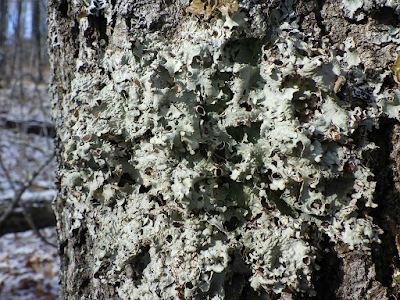Big Horseshoe Lake Bristleberry
You never know what you might find when you get tired of driving and need to meander for a little bit. On the drive up to Duluth, after filling up with gas that’s just what I had to do. The area I found was rich in blackberries with a great variety of species. Not surprising with the patchy aspen forest opening up to some peaty wetlands and slightly drier grassy areas. What was surprising is the species growing in this habitat. Big horseshoe lake bristleberry is a state endangered, globally imperiled species. It is endemic to the upper Midwest; Minnesota, Iowa, and Wisconsin specifically. Minnesota is the stronghold of its population where it is only known from a handful of counties, mostly in the Anoka sandplain. It was likely always quite rare, but development in this highly urbanized area has been and continues to be the main threat to this species. Along with the draining of wetlands and introduction of invasive species that often is associated with urbanization. Around the cities it grows in similar habitats as described above. Until today it was not known to be in Carlton county. Where else might some undocumented populations be hiding?
Like all beistleberries this species has palmately compound leaves, erect canes which do not tip root, needle-shaped prickles that are relatively weak. Unique traits of it include canes and petioles lacking gland-tipped hairs, a smooth lower surface on the leaves, and prominent stipules 2-3.5 cm long which are often notched, and the inflorescence being a raceme or corymb with gland-tipped hairs on the pedicles. As the name Rubus stipulatus implies the main distinguishing trait is the long stipules. The stipules near the lower end of the cane are often wider and notched, while the ones near the top are narrower and lanceolate.
Big horseshoe lake bristleberry (Rubus stipulatus)
State Endangered Species
Prominent notched stipule
Thinner, lanceolate stipules near the top










Comments
Post a Comment